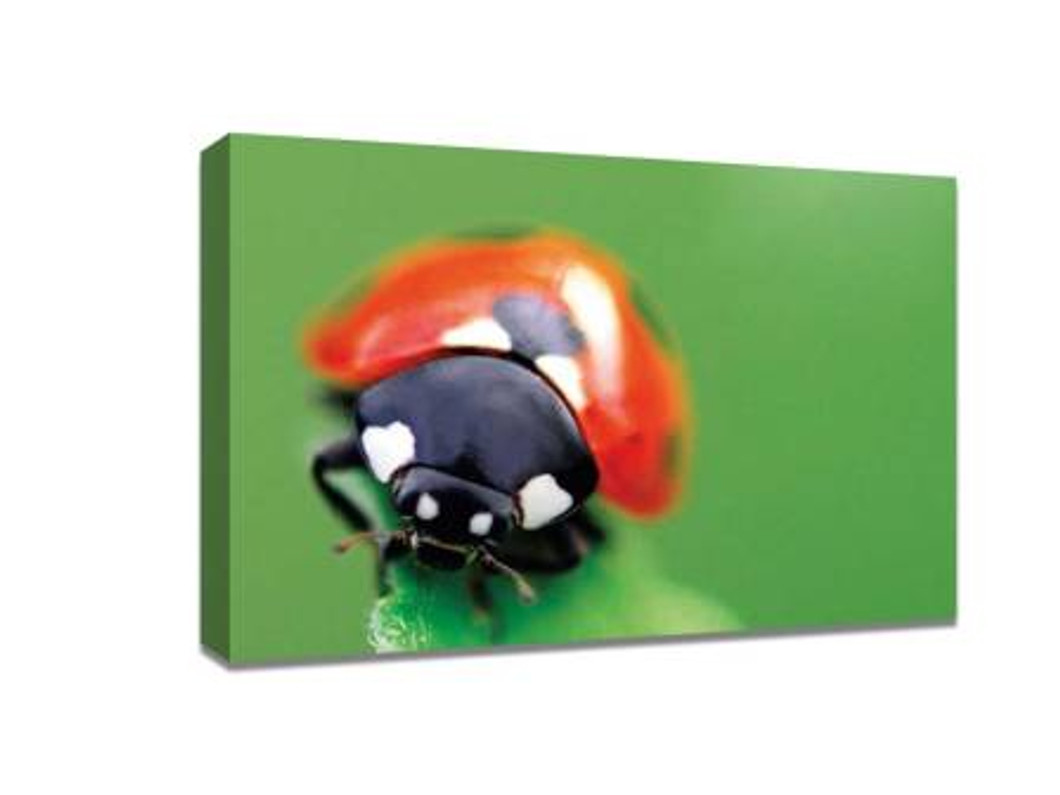Macro Photography Tips for Insects: Capture Stunning Details
Capturing insects up close is one of the most rewarding challenges in photography. With their intricate textures, vivid colors, and fascinating behaviors, insects make perfect subjects for macro photography. If you’re aiming to turn your insect photos into stunning wall art, consider printing your images as a photo on canvas to preserve their detail and beauty. In this guide, we’ll explore practical tips, essential equipment, and creative techniques to elevate your macro insect photography.
1. Choose the Right Equipment
Macro photography requires specialized equipment to reveal tiny details. A dedicated macro lens is essential, as it allows you to focus closely on small subjects while maintaining sharpness. Lenses with a 1:1 reproduction ratio are ideal for insect photography.
Tripods and monopods can stabilize your camera, especially when shooting in low light or at high magnifications. For handheld shots, consider image stabilization features in your lens or camera body. Additionally, ring lights or small LED panels can provide consistent illumination, highlighting the delicate structures of your subject.
2. Master Your Camera Settings
Manual control is key in macro photography. Use a small aperture (higher f-stop, such as f/8 to f/16) to increase depth of field, ensuring the entire insect is in focus. Keep your ISO low to reduce noise and maintain image clarity. Shutter speed must balance the insect’s movement and the natural lighting conditions—sometimes requiring faster speeds to freeze motion.
Focus stacking is a valuable technique for macro insect shots. By taking multiple images at different focus points and merging them in post-processing, you can achieve maximum sharpness across the insect’s body.
3. Understand Insect Behavior
Observing your subjects is crucial. Learn about insect habits and daily activity patterns. Early morning or late afternoon is often ideal, as insects are less active and the natural light is softer. Patience is key—spending time watching your subject allows you to anticipate movements and capture dynamic behaviors without startling them.
4. Backgrounds and Composition
A clutter-free background makes your insect stand out. Use a wide aperture to create a pleasing bokeh effect or position your subject against natural elements like leaves and flowers. Experiment with angles—shooting from eye level or capturing the insect from the side can create more engaging compositions.
Rule of thirds and leading lines can guide viewers’ eyes to the insect, emphasizing its form and intricate details. Macro photography is as much about storytelling as it is about capturing textures, so consider how your composition conveys the subject’s environment and personality.
5. Lighting Techniques
Natural light is often the best choice for macro photography. Soft, diffused sunlight reduces harsh shadows and enhances color. Reflectors can bounce light onto shadowed areas, while diffusers soften intense sunlight. For more controlled lighting, macro flash systems provide precise illumination without overexposing the delicate details.
Pay attention to highlights on the insect’s eyes or wings, which can add depth and dimension to your image. Experiment with side lighting or backlighting to create dramatic effects that make your photo canvas-ready.
6. Post-Processing for Detail and Color
Editing software like Adobe Lightroom or Photoshop allows you to enhance colors, sharpen details, and remove distractions. Adjust contrast carefully to emphasize texture without losing natural appearance. Cropping can refine composition, bringing attention to your insect’s most captivating features.
If your goal is to create a photo on canvas, ensure your image resolution is high—ideally over 300 DPI at the desired print size—to maintain clarity and vibrancy on a large canvas print.
7. Creative Ideas for Macro Insect Shots
-
Capture insects in motion for a dynamic feel.
-
Focus on the eyes or wings to highlight intricate patterns.
-
Include water droplets or pollen to add texture and context.
-
Experiment with shallow depth of field to isolate the subject from its background.
By exploring these creative angles, your insect photos can become visually striking pieces worthy of display as canvas art.
Macro photography of insects combines patience, technical skill, and artistic vision. By mastering equipment, camera settings, lighting, and composition, you can create breathtaking images that truly capture the essence of your subjects. For long-lasting display, consider turning your best shots into a photo on canvas, transforming your macro photography into stunning wall art that preserves every intricate detail.
Recent Posts
-
Inspiring Stories Behind Personalised Canvas Prints
Personalised canvas prints have become one of the most meaningful ways to preserve memories, celebra …2nd Dec 2025 -
Cheap Quality Canvas Prints for Every Occasion: Weddings, Birthdays & More
Canvas prints are a timeless way to preserve your memories in a beautiful and lasting format. Whethe …28th Nov 2025 -
How to Arrange Personalized Canvas Prints for Wall: Smart Layout & Styling Tips
When decorating a home, few elements are as meaningful—and visually striking—as personalized canvas …26th Nov 2025
